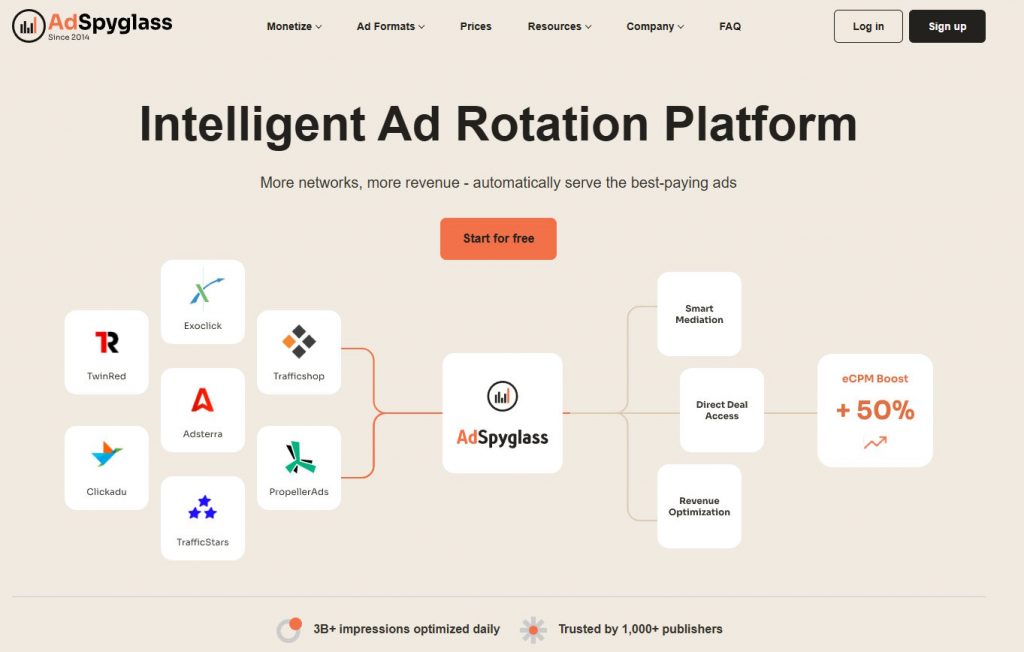VPAID or video player ad-serving interface definition is a script for a video player that defines when your ad should be played, for how long, and where action buttons are, what interactive elements you want in it.
When speaking of VPAID, marketers often compare it to VAST or a video ad serving template. It is a script for the video player as well. However, it does not allow you to make interactive video ads: users can not take surveys or fill out forms in the video ad, play a game, open pre-roll for more information or interact with ad elements overall.
VPAID has another amazing feature: it changes the call-to-action in the end, depending on where the user is from, for example. It is possible due to VPAID tags. They are also designed to help you track the success of your video advertisement. Tags check viewability, how many people played the ad till the end, and how many users clicked on it.
However, this type of script has some disadvantages like everything in the world does. Firstly, due to its complexity and interactivity, it is a bit heavy and can slow down the website speed. Not every ad publisher will sacrifice site speed for ads. Secondly, it has different formats for desktop and mobile. While desktop uses Flash, mobile requires JavaSript which is quite inconvenient and makes VPAID scripts more expensive. Thirdly, mobile environments and smart TVs do not always support this format so the user just sees a blank screen and may leave the site immediately.
